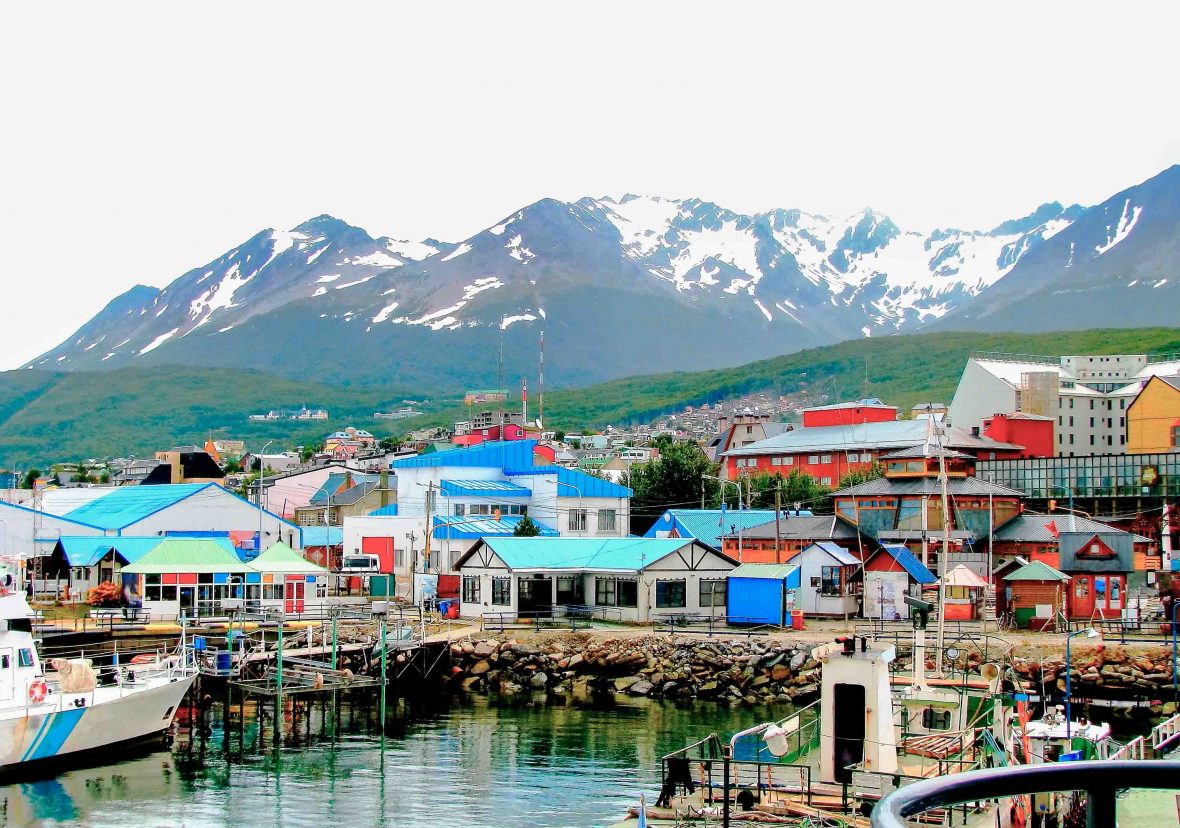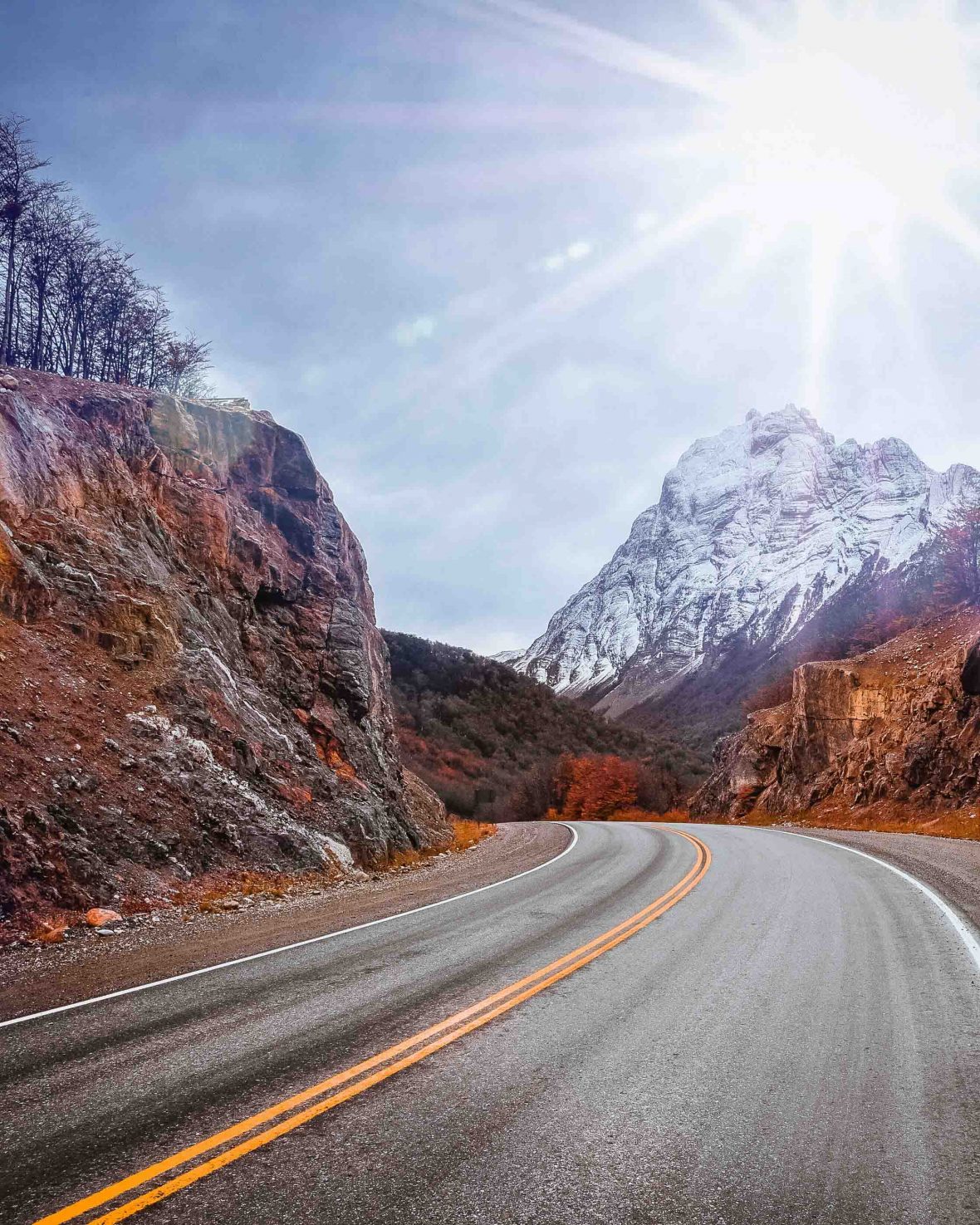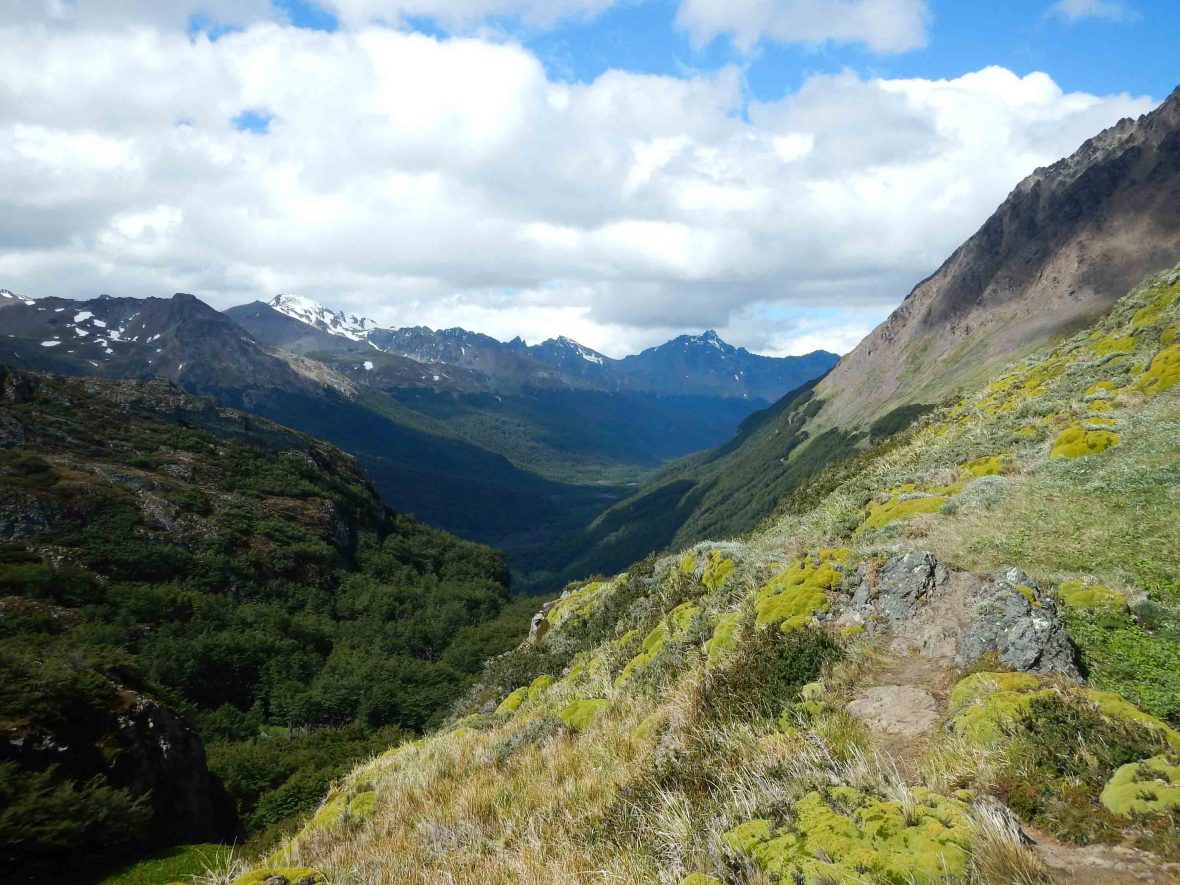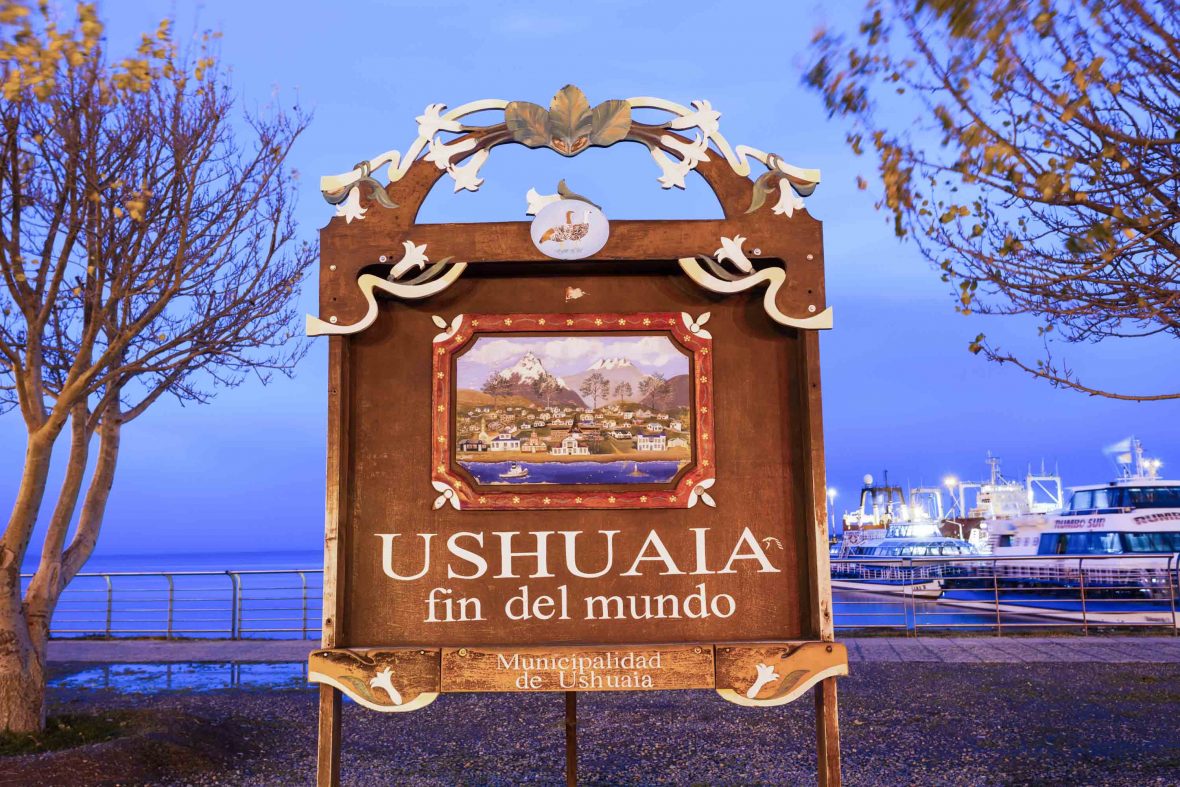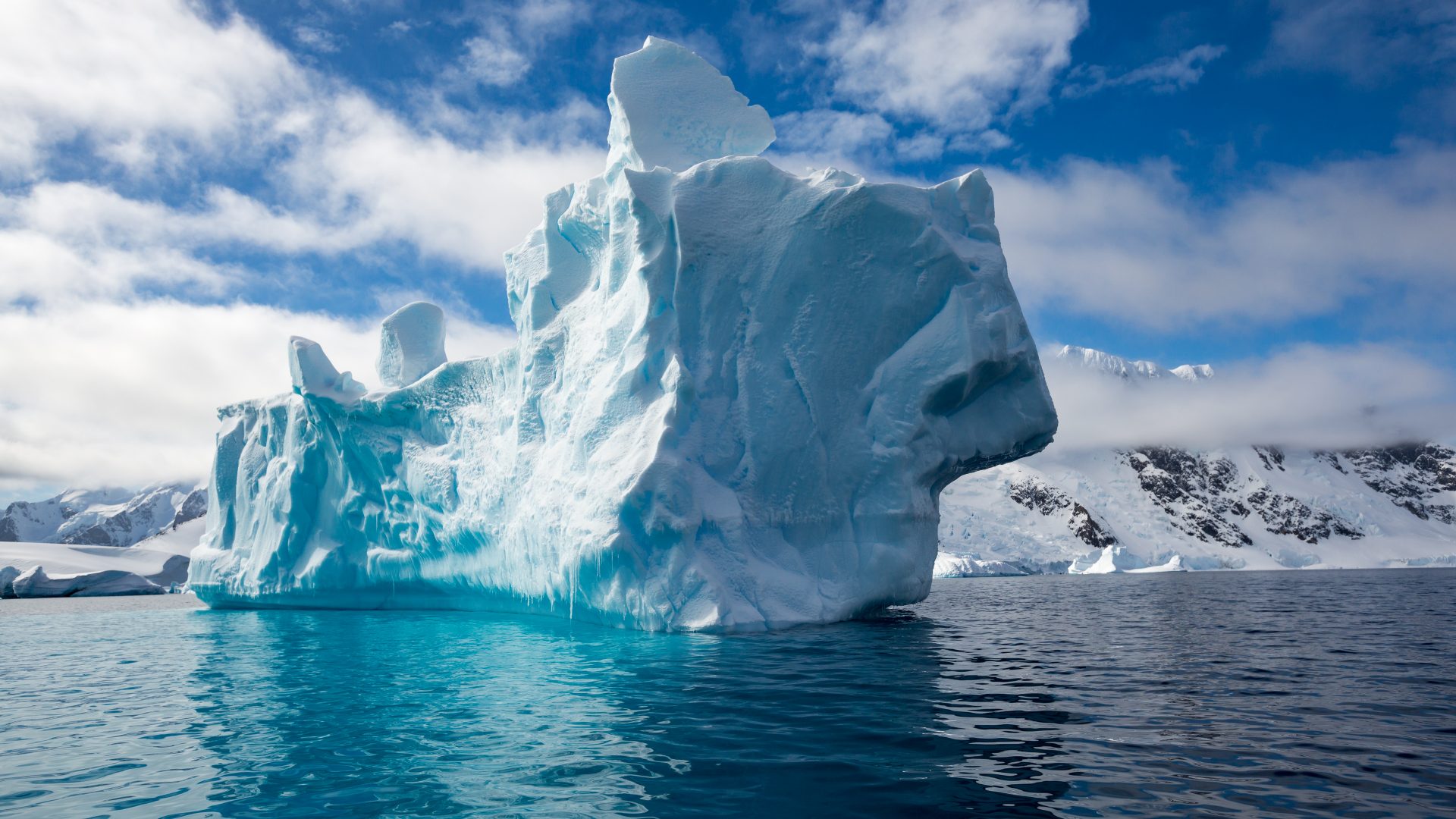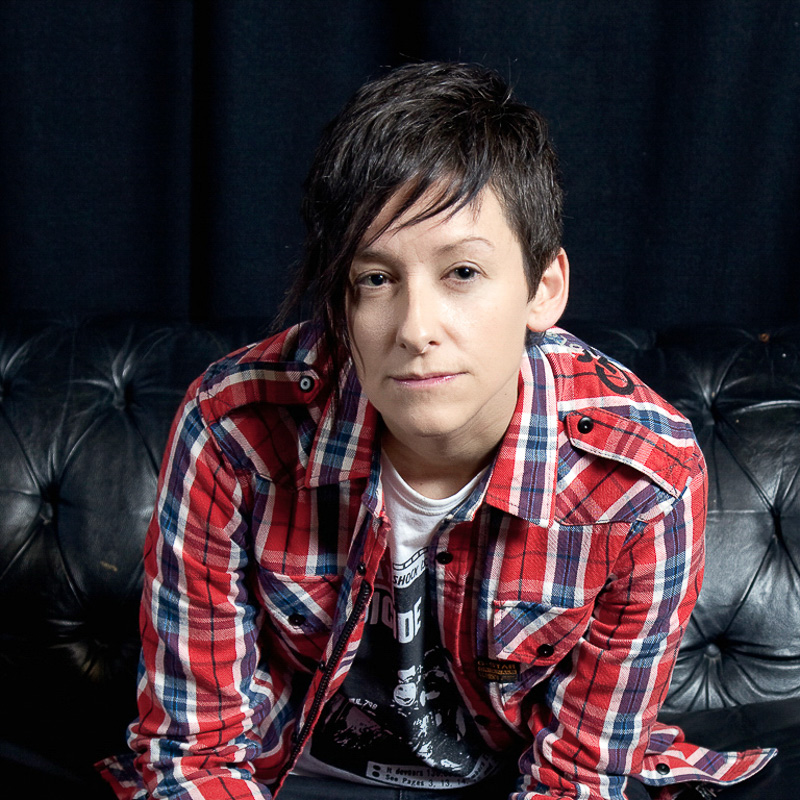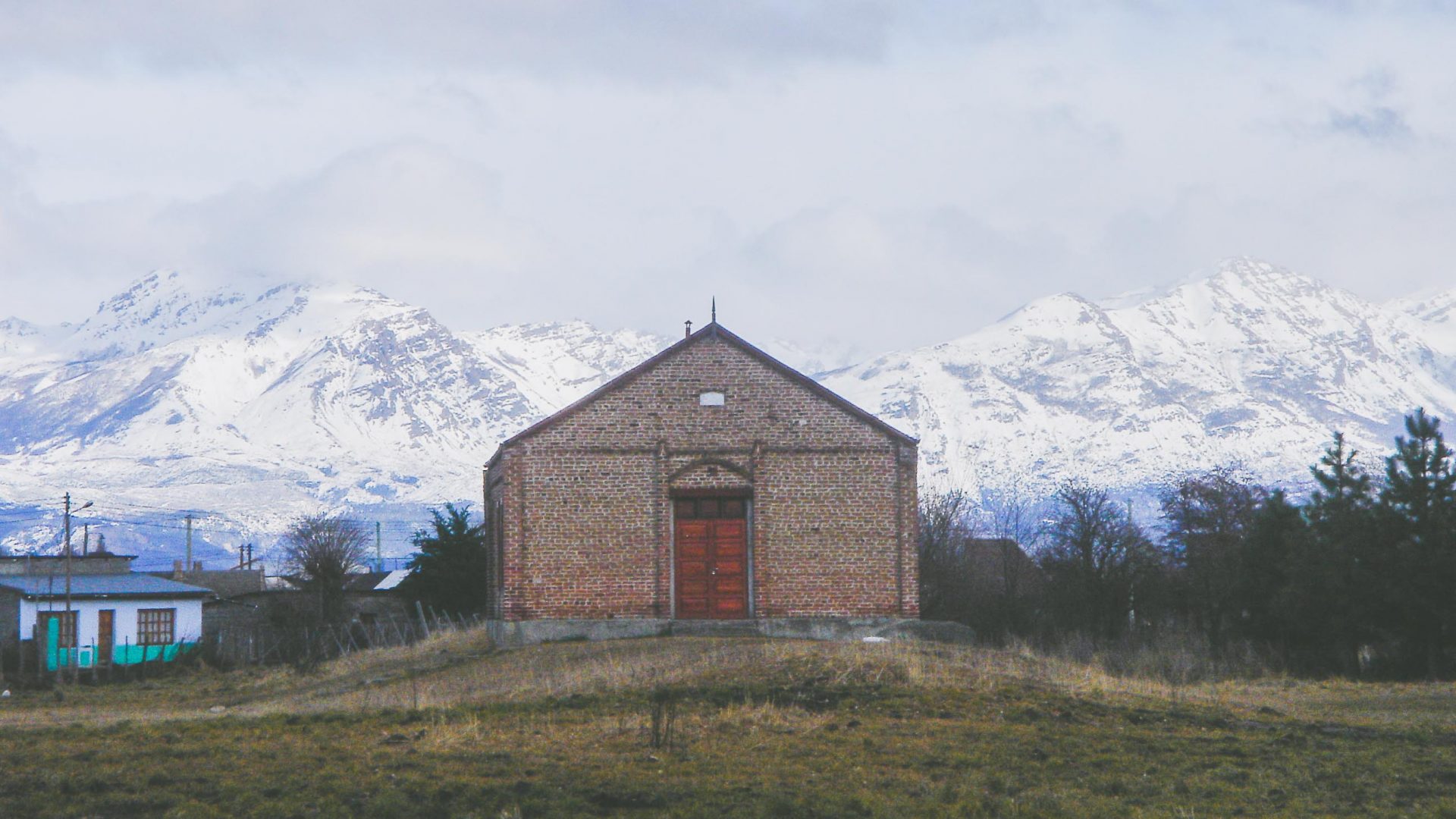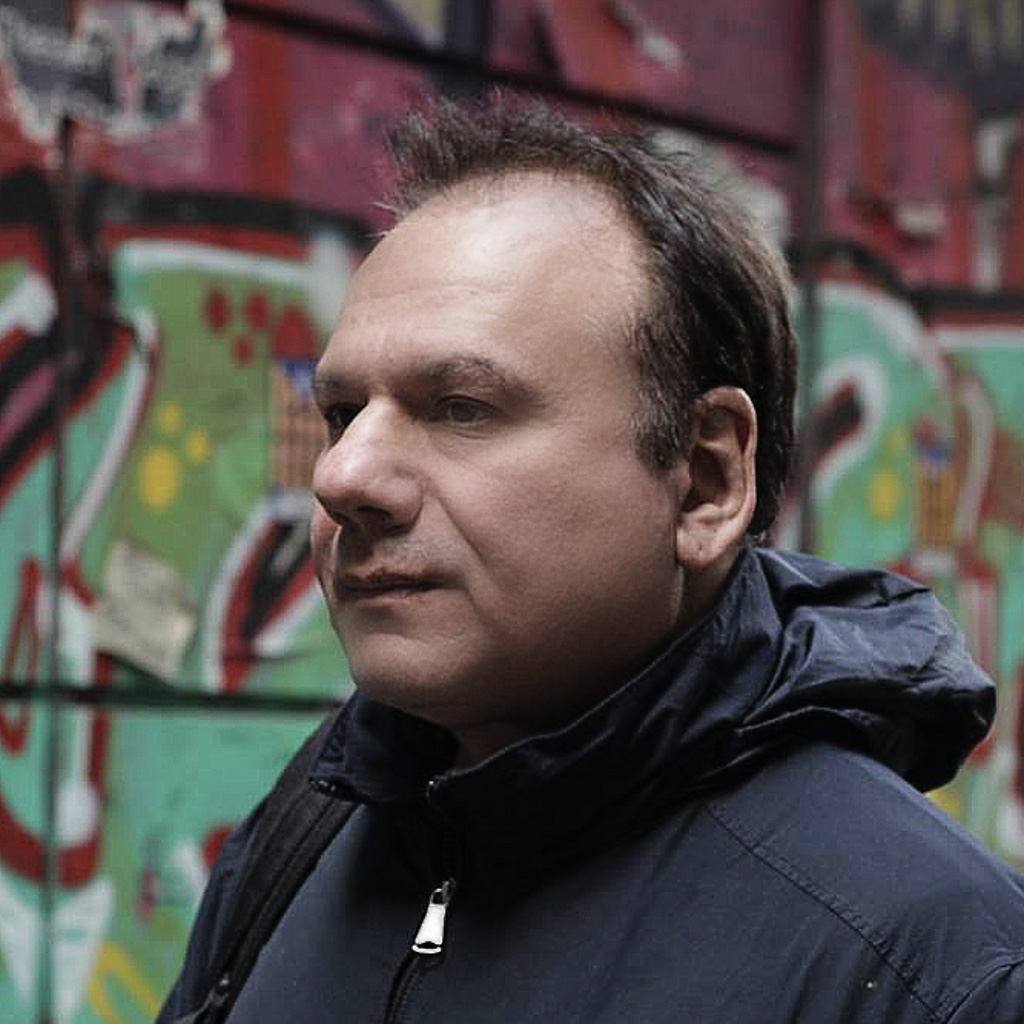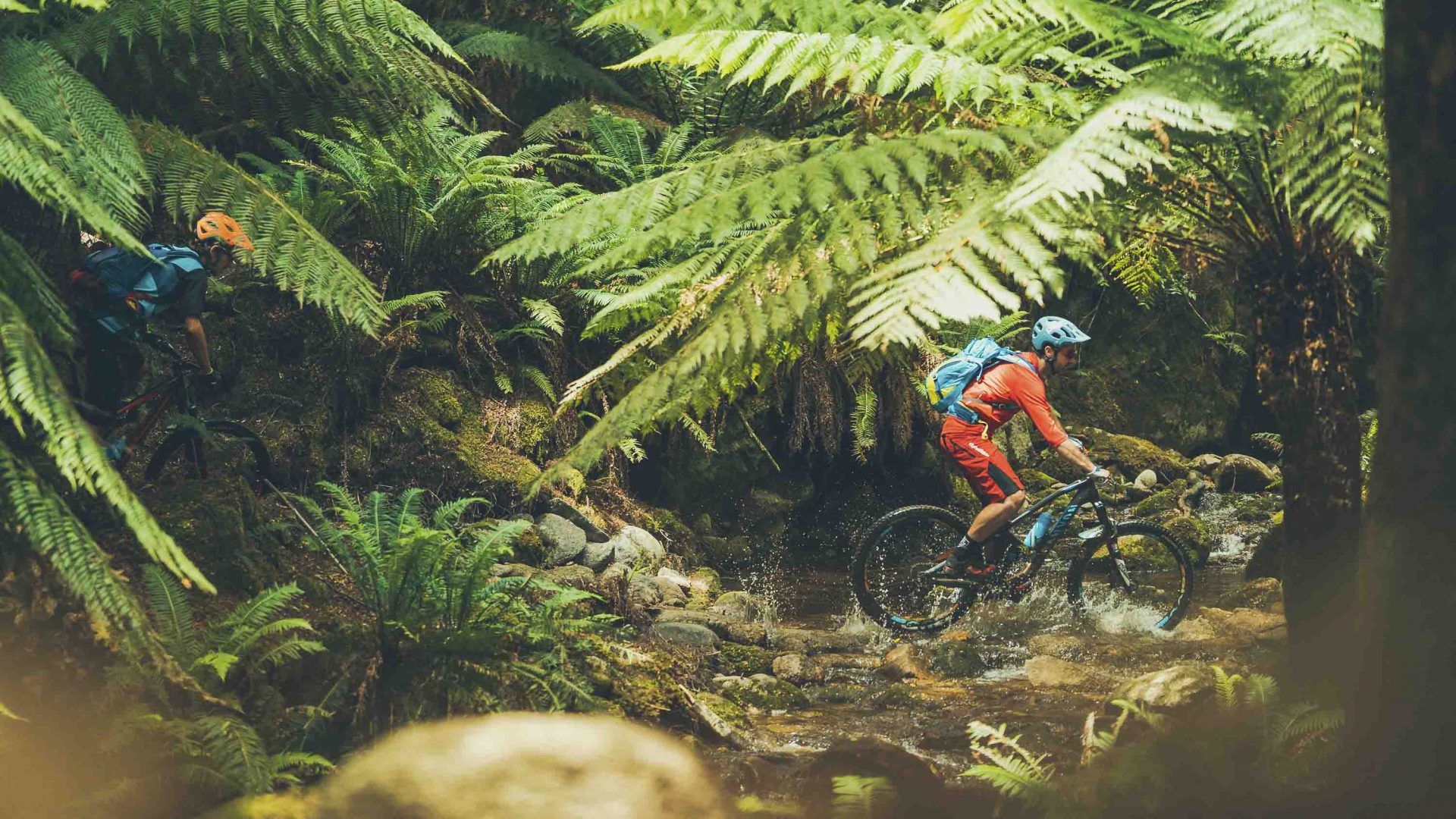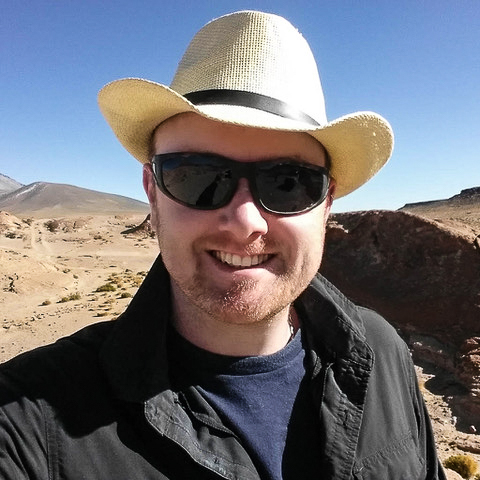It’s the world’s southernmost city and the gateway to Antarctica—but why does nobody stick around in Ushuaia? Matthew Teller went exploring and discovered a town that had forgotten its own story.
Down here, you can almost feel the edge of the earth pulling you forward.
Nailed onto the southern wall of Tierra del Fuego island, Ushuaia is Argentina’s—and, give or take, the world’s—southernmost town. From Buenos Aires, you fly south over water, for hours. Then you approach low over snow-streaked valleys, where ice smooths the cavities of sunless slopes far into December’s summer.
This wedge of dwellings and sharp-edged warehouses turns its back to the unimaginable wilderness of the Andes. Half an eye checks the cold waters of the Beagle Channel, but mostly Ushuaia paces back and forth where it can, tracing and retracing its own streets and tracks and pathways.
Almost all tourist trips to Antarctica start from here. Passengers, like me, fly into the long-runwayed airport—where Concorde once landed, but mostly now hosting workhorse A319s and B737s—before transferring, like me, to one or other of the cruise ships that line the dock, for the voyage south, past Cape Horn into the ice.
Not many visitors hang about. Few feel the need. Ushuaia certainly doesn’t lay out any red carpets, even though 5,000 hotel beds for a city of 70,000 people might say otherwise.
“The people here are empty-minded,” says local guide Paula Garcia, glancing over at me to make sure I understand. I don’t really, but after a day at the end of the world, I feel like I catch her drift.
RELATED: A Welsh colony in Patagonia? Welcome to the Welsh Wild West
Ushuaia’s history is miserable. Tierra del Fuego, the Land of Fire, was named by European explorers for the columns of smoke they saw rising from the island during their coastal forays. That smoke came from fires lit by the Selk’nam, one of the four indigenous peoples who lived here, along with the Manek’enk, Kawesqar and Yámana.
The Selk’nam roamed the interior, hunting guanaco, a local herbivore related to llama and alpaca. The others remained on the coast, fishing. All went naked, or near-naked.
Despite the chill, the rain and the fierce winds that sweep down from the high summits, they kept warm by carrying fire everywhere (on the Yámana fishing canoes, it was the job of the children to build and stoke the fire) and by habitually squatting on their haunches, to reduce their exposure.
As I blink into horizontal rain on a tussocky hillside outside Ushuaia, facing a glowering sea and mountains streaked with ice—and this is a pleasant summer’s afternoon—their toughness is unimaginable.
‘We’, the colonialists, killed them all, of course. Measles and smallpox started the job, then we went out on hunting parties to shoot the survivors because they didn’t understand that the sheep we’d brought to farm weren’t simply nature’s bounty for slaughter. After that, we stripped the ocean of seals and whales, denying them protein.
Anyone who was left, we killed with clothes. Naked, even in Tierra del Fuego’s downpours, you could dry in minutes by a fire. Clothed, you spent days and nights wet. Even the strongest succumbed to pneumonia.
A few Kawesqar still survive in Chilean villages, and the last full-blooded Yámana, Cristina Calderón, lives in the Chilean town of Puerto Williams, just across the water from Ushuaia. She is 90.
Ushuaia has pretty much forgotten the people who used to live here. There’s a couple of small museums, but if people here remember anything from the past, they remember the 1982 war with Britain over the Malvinas (or, as Britain calls them, the Falkland Islands).
That’s what Paula meant about being empty-minded. There’s no folk memory. Argentina built a prison here in 1896, in an attempt to encourage population, but nobody stayed. Staff and, when they could, inmates too fled back to ‘the continent’—which means anywhere but Tierra del Fuego.
RELATED: Patagonia’s secret adventure town
In the 1970s and ’80s, the government tried again, introducing tax breaks for industry. Manufacturing still stayed away, but deals spurred the growth of oil and gas refineries, sawmills (timber is big business here) and huge plants assembling phones, computers and washing machines.
But everything is exported—even the locals don’t shop here. If there’s a big purchase to make, people prefer to take a weekend jaunt to Punta Arenas—a cheaper, Chilean town 600 kilometers away.
As for Buenos Aires, well, that’s a journey of more than 3,000 kilometers. There’s only one road, and partway along, it crosses out of Argentina into Chile, deteriorating into a dirt track. Then you wait for a ferry over the Straits of Magellan, before re-entering Argentina for the long haul north across Patagonia. It’s three full days behind the wheel.
So tourists, topping and tailing a journey to Antarctica or the glaciated Martial mountains that scrape Ushuaia’s sky, drift through the tight little grid of central streets past graffitied hoardings, browsing phone shops and outdoor gear suppliers. Restaurants sell steak and seafood, bars sell beer—lots of beer—but pretty much everyone is thinking about somewhere else.
So I drank in the pubs, and I ate in the restaurants, and I walked up and down the main street on a Sunday morning searching in vain for a decent cup of coffee, but, in truth, Ushuaia and me, we didn’t really hit it off.
The government is still trying to persuade people to settle here, but it’s not working. There’s hardly anyone over 40. Paula is 34, and after sticking it out for 12 years, isn’t sure how much longer she’s got.
“Ushuaia is not a place for old people,” she says. “They leave, they can’t stand the weather.”
The weather is the easy part, I reckon.





